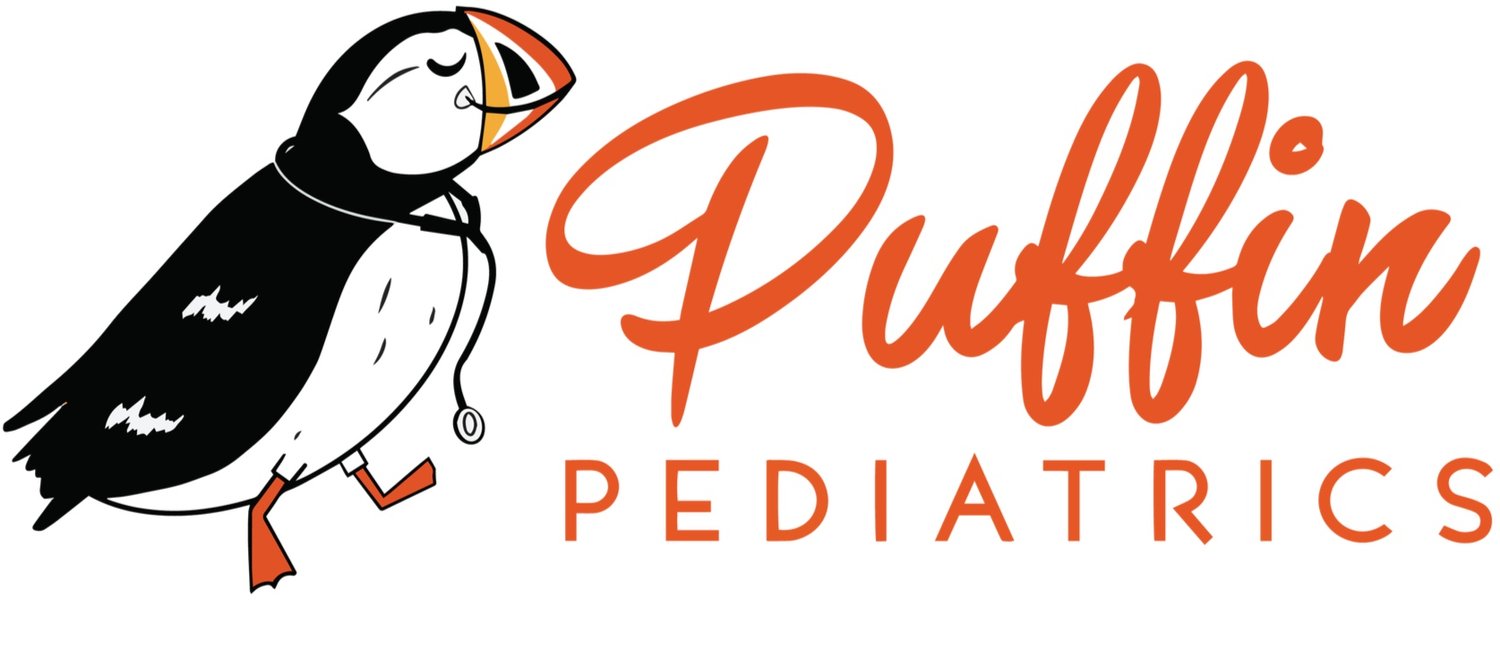Air Travel: Freaking out at 30,000 Feet
Travelling with children is nothing short of magical. Making memories that will last a lifetime and seeing the world through your child’s eyes will bring new enjoyment and awe to things adults normally do not even notice. Having said that, travelling with children can also be torturous, with kicking, screaming, and bargaining your way through the airplane or car ride, knowing that our children will return the favor by complaining in high school that they never get to go anywhere. (What do you mean? Don’t you remember eating goat stew at the base of the Himalayas while riding a yak when you were 18 months old?). But that doesn’t mean it is not worth the trouble or that you shouldn’t travel with your kids before they can form long-term memories. That said, there are definitely things that can make the trip a little less stressful and more enjoyable for everyone, including baby.
When travelling by air, either within the US or internationally, you always want to check with your pediatrician that baby is up to date on vaccinations and check CDC travel concerns/restrictions for kids. Try to give the pediatrician 1-2 months’ notice of international travel dates as some vaccines for travel require multiple doses given weeks apart for greatest efficacy.
Ear pressure and cabin pressure in an airplane.
Thank goodness for modern airplanes. The changes in cabin pressure that we experience nowadays is nothing like 40-50 years ago. Change in pressure is now very minimal and should not cause a big issue for a kiddo with otherwise well working ears and Eustachian tubes. If baby is seeming to have discomfort in their ears during take-off or landing, the best thing to do is have them breast or bottle feed, or chew on food if they are old eating solid food. By doing this, they mimic the same motion of adults “popping” their ears.
Ear infections and flying
When a kiddo’s ears and Eustachian tubes are impaired due to an ear infection, we want to ensure they have started the appropriate antibiotic before the flight and pretreat for increased ear pain with Tylenol 15-30 minutes before take-off, redosing every 4-6 hours of the flight. Even with this, there may still be pressure build up in the ear which can cause a small hole in the ear drum from the pressure. Though it may look a little gross to see snot coming out of your child’s ear, I assure you that this sign of the ear drum popping signifies a release of pressure and pain. The vast majority pediatric ruptured ear drums heal well and quickly when on the right antibiotics. The one thing, though, is that if you were planning to go swimming on vacation, that plan may have to be postponed or scrapped entirely until the ear drum heals.
Babies, kids, and time changes
Ok, so now you’ve finally made it to your final destination with kiddo(s) in tow. But they are cranky and hungry and totally discombobulated due to the time change. It is important to get the kiddos on the new time ASAP. If nap time is 1pm back home, try to get in a nap at 1pm in your new time zone etc. If it is light out, get outside and do some sort of activity like swimming, walking, bike riding, or hiking. If it is nighttime, take a little night stroll to help with natural melatonin release. The first 24-48 hours maybe a little rough with bigger breakdowns and tantrums, but actively maintaining pre-existing schedules on the new time should get their circadian rhythm aligned after that. Just make sure to have extra snacks on hand to battle the hangry.
Also, I have included a very handy sleep window guide for traveling with babies from the baby sleep website viagraces.com below:
Babies Following Awake windows:
If your baby is taking three or more naps a day, keep following those awake windows!
For example, if you have a five month old, their regular schedule may look something like this:
7 am wake up
1.75 hours awake
Nap 1
2-2.25 hours awake
Nap 2
2-2.25 hours awake
Nap 3
2.5 hours awake
7 pm bedtime
So, keep following those awake windows as closely as traveling allows (It won’t be perfect!), but now try to base bedtime on the new time zone.
If you’re traveling East Coast to West Coast, that might look something like:
7 am wake up
1.75 hours awake
Nap 1
2-2.25 hours awake
Nap 2
2-2.25 hours awake
Nap 3
2.25 hours awake
Nap 4 (Cat nap so baby doesn’t treat it like bedtime!)
7 pm bedtime (10 pm body clock time)

